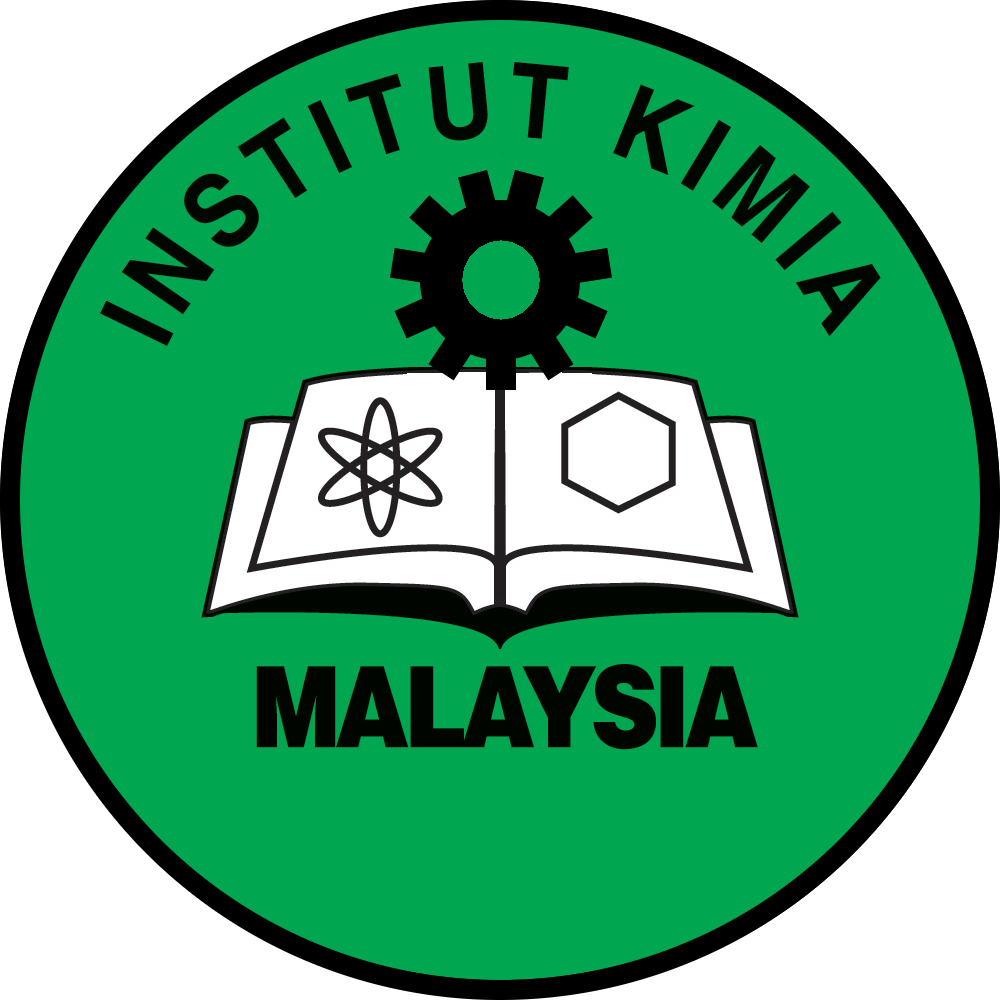Sustainable Sorbents: Oil Palm Empty Fruit Bunch-Derived Activated Carbon-Alginate Beads for Organochlorine Pesticides Extraction in Water Samples
DOI: https://doi.org/10.55373/mjchem.v26i5.583
Keywords: Micro-solid phase extraction (μ -SPE); OPEFB-derived activated carbon; alginate beads; organochlorine pesticides; environmental monitoring; sustainable materials
Abstract
Pesticide residues in environmental water necessitate the urgent development of rapid and accurate determination methods for effectively monitoring and managing these contaminants. In response, micro-solid phase extraction (μ-SPE) using oil palm empty fruit bunch derived activated carbon-alginate beads (Alg-EFBAC-beads) was developed as a sample preparation method for extracting three organochlorine pesticides (OCPs) in water samples before gas chromatography-mass spectrometry (GC-MS) analysis. Essential parameters, including extraction time, desorption solvent, desorption time, and sorbent mass, were optimized using one variable at a time approach. Under the optimized conditions, the method showed good linearity (R2 > 0.9777) in the concentration ranges of 1-10, 0.1-1.0, and 0.2-1.4 mg/L for heptachlor, aldrin, and dieldrin, respectively. The applicability of the method was demonstrated through the analysis of selected pesticides in agricultural paddy water, with average recoveries ranging from 85 to 95%. The limits of detection (LOD) were between 0.04 and 0.29 mg/L. The greenness of the method was evaluated using the Analytical GREEnness Metric Approach (AGREE), demonstrating its viability as a sustainable solution for environmental monitoring and analysis of organochlorine pesticides in aqueous environments.
